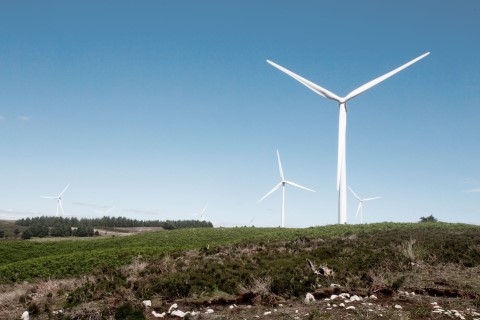The Solomon Islands, a sovereign country consisting of six major islands and over 900 smaller islands in Oceania, is embarking on a journey to harness the power of the trade winds for a sustainable and renewable energy future. As a nation heavily reliant on imported fossil fuels for electricity generation, the Solomon Islands is vulnerable to fluctuations in global oil prices and the adverse environmental impacts of burning fossil fuels. However, the country’s abundant wind resources offer a promising alternative to help reduce its dependence on fossil fuels, cut greenhouse gas emissions, and promote energy security.
The trade winds, which are consistent and reliable wind patterns that blow from the east towards the west in the tropics, present a unique opportunity for the Solomon Islands to tap into wind energy. These winds are caused by the Earth’s rotation and the uneven heating of its surface, resulting in a steady flow of air that can be harnessed to generate electricity. The geographical location of the Solomon Islands, situated in the heart of the trade wind belt, makes it an ideal candidate for wind power development.
Recognizing the potential of wind energy, the Solomon Islands government has set ambitious targets for renewable energy generation. The National Development Strategy 2016-2035 aims to achieve 100% renewable energy generation by 2030, with a focus on harnessing the country’s abundant wind, solar, and hydro resources. This bold vision is supported by international partners, including the World Bank, the Asian Development Bank, and the European Union, who are providing technical assistance and funding to help the Solomon Islands transition to a renewable energy future.
One of the key projects in the pipeline is the Tina River Hydropower Development Project, which will generate clean, renewable electricity from hydropower and pave the way for the integration of wind and solar power into the national grid. This flagship project is expected to reduce the country’s reliance on diesel generators, which currently account for more than 90% of its electricity generation, and cut greenhouse gas emissions by an estimated 49,000 tons per year.
While hydropower will play a significant role in the Solomon Islands’ renewable energy mix, wind power is also gaining momentum as a viable and complementary energy source. Preliminary studies conducted by the Secretariat of the Pacific Community (SPC) and the International Renewable Energy Agency (IRENA) have identified several sites with high wind energy potential, particularly on the islands of Guadalcanal, Malaita, and Makira. These studies have laid the groundwork for further assessments and feasibility studies to determine the most suitable locations for wind farm development.
In addition to the environmental and energy security benefits, the development of wind power in the Solomon Islands has the potential to create jobs and stimulate economic growth. The construction, operation, and maintenance of wind farms require skilled labor, providing opportunities for local employment and capacity building. Moreover, the savings from reduced fuel imports can be redirected towards investments in education, health, and infrastructure, contributing to the overall development of the country.
As the Solomon Islands moves towards a renewable energy future, the promise of wind energy is becoming increasingly evident. By harnessing the power of the trade winds, the country can reduce its dependence on fossil fuels, promote energy security, and contribute to global efforts to combat climate change. With continued support from international partners and a strong commitment from the government, the Solomon Islands is well-positioned to become a leader in renewable energy development in the Pacific region.

